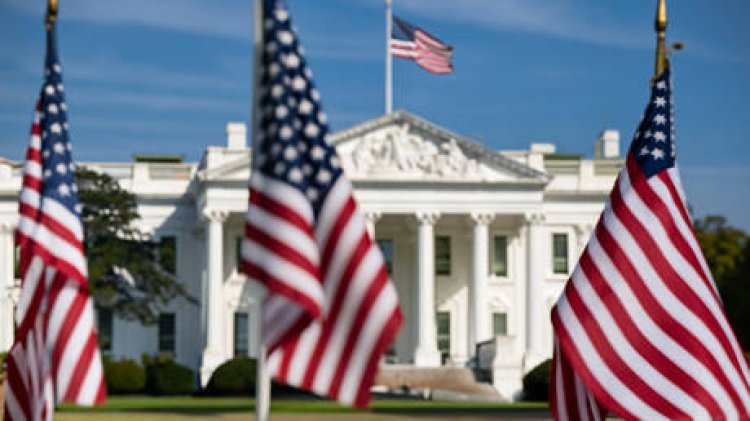US Links Tariff Agreements to Restrictions on China, According to WSJ
Washington is reportedly looking to utilize tariff negotiations as a means to push its trade partners to reduce economic ties with China, according to the Wall Street Journal, which cited sources familiar with the discussions. This strategy...

Earlier this month, U.S. President Donald Trump introduced new "reciprocal" tariffs on nearly 90 countries, citing issues related to unfair trade practices. In response to a significant downturn in global markets and requests from various governments for exemptions, he temporarily suspended most tariffs for 90 days, lowering them to a baseline rate of 10%. However, this suspension does not extend to China, whose exports to the U.S. currently face tariffs as high as 145% due to an ongoing trade war.
According to the WSJ, U.S. officials are working to persuade trade partners to agree to permanent tariff reductions in return for reducing their economic interactions with China. The proposed commitments could differ by country but may include measures such as preventing China from rerouting exports through third-party nations, prohibiting Chinese firms from establishing local operations to circumvent U.S. tariffs, and restricting imports of inexpensive Chinese industrial products.
The objective of these measures is to weaken China's economy and diminish its bargaining power ahead of any potential negotiations between Trump and Chinese President Xi Jinping. Early discussions regarding the proposal have already taken place with several countries, sources indicate.
Treasury Secretary Scott Bessent is reportedly a key figure behind this strategy. He presented the plan to Trump during a meeting on April 6 at Mar-a-Lago, advocating that securing concessions from allies could help stop China from sidestepping tariffs and export controls. He has identified the UK, Australia, South Korea, India, and Japan as countries likely to reach trade agreements with the U.S. soon.
Both the White House and the Treasury Department have refrained from commenting on the WSJ's report. On Tuesday, Trump called on China to begin negotiations to resolve the tariff conflict.
"The ball is in China’s court. China needs to make a deal with us. We don’t have to make a deal with them,” remarked White House Press Secretary Karoline Leavitt, relaying a statement she claimed was dictated by the president.
In contrast, Beijing has remained steadfast in its position. On Friday, China declared it would impose a 125% tariff on all U.S. goods, emphasizing that it would "fight to the end" against Washington's trade policies. Beijing also indicated that this might be the final increase, noting that "at the current tariff level, there is no market acceptance for U.S. goods exported to China," and mentioned that alternative countermeasures are being contemplated.
Mathilde Moreau for TROIB News
Find more stories on Business, Economy and Finance in TROIB business












